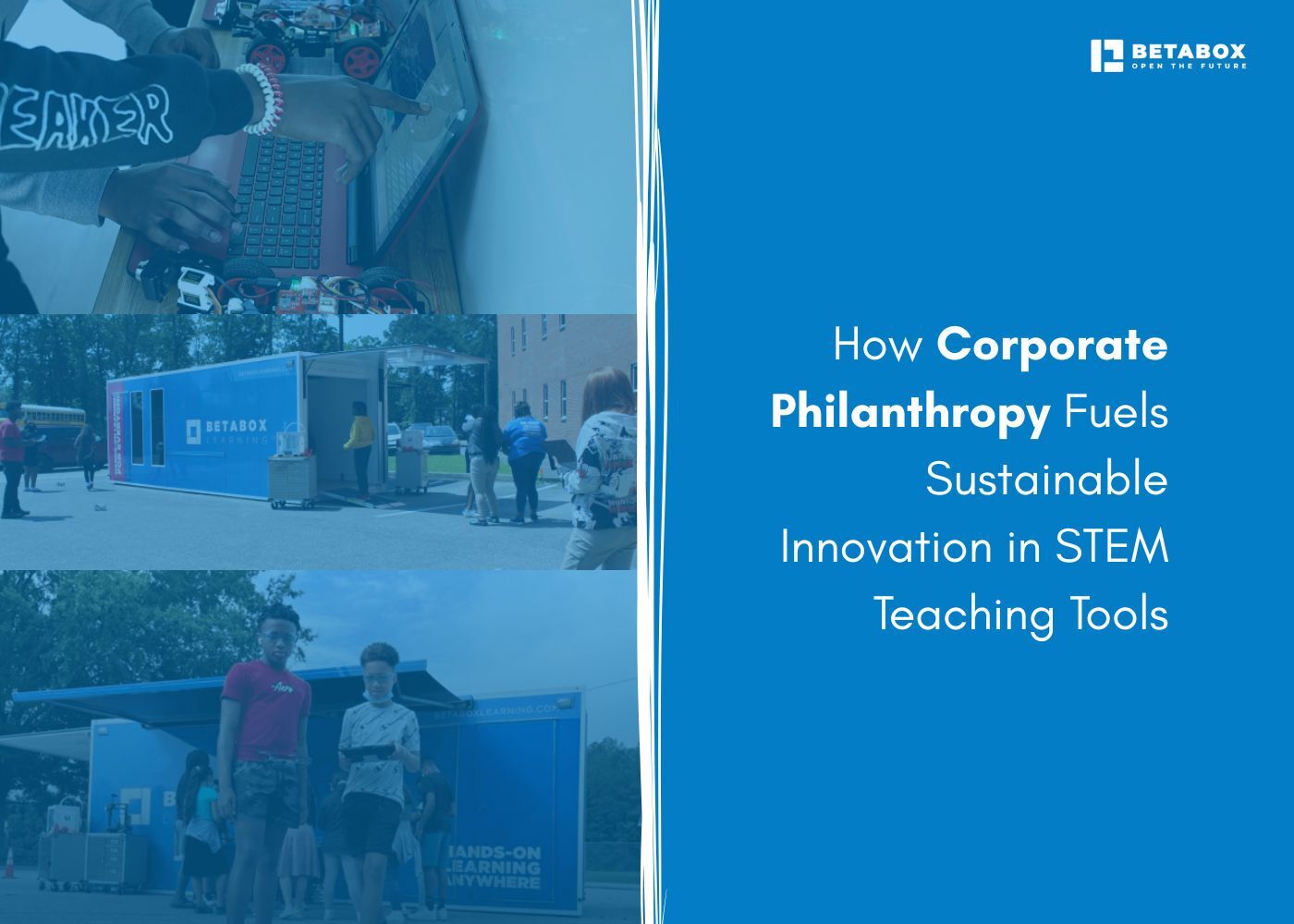
Every school leader understands the tension between what students need and what budgets allow. Classrooms often require tools such as renewable energy kits, robotics systems, or digital platforms to bring science and engineering concepts to life.
Yet, most districts struggle to cover even the basics. This is why corporate philanthropy in education plays such a critical role.
When companies dedicate resources toward educational initiatives, they not only support immediate learning but also plant seeds for long-term societal growth. Unlike generic donations, CSR and STEM initiatives align corporate expertise and values with real classroom challenges.
That alignment creates a multiplier effect: schools receive access to tools that would otherwise be out of reach, students develop modern problem-solving skills, and companies reinforce their commitments to sustainability and innovation.
Corporate responsibility programs have shifted over the last decade. Rather than focusing solely on charitable giving, many companies now design their CSR frameworks around impact. Education has become one of the largest areas of focus, and STEM sits at the center.
STEM education innovation requires more than new textbooks or computers. It calls for entire ecosystems of tools, training, and hands-on experiences that prepare students for industries shaped by automation, climate science, and green engineering. When companies step in with financial backing, those innovations reach classrooms faster.
Consider the process step by step:
This direct chain of investment shows how philanthropy and innovation in STEM are inseparable when companies take a strategic approach.
Several global corporations demonstrate how philanthropy can power sustainability in classrooms. Their initiatives highlight different models that schools and educators can learn from.
Each example demonstrates that companies are not only funding equipment but also shaping a culture where sustainability is taught as part of core education.
For educators, philanthropic partnerships mean far more than receiving equipment. They provide confidence, time savings, and access to professional networks.
When corporate sponsorship in education funds a set of renewable energy kits, for example, teachers gain ready-to-use materials without needing to design projects from scratch. Professional development often comes bundled with the resources, allowing teachers to adopt new methods with support rather than trial and error.
For students, the benefits are direct and powerful:
The result is a generation of learners who not only know how to apply math and science concepts but also understand their role in addressing environmental challenges.
Teaching tools for sustainability are designed to reflect both educational and ecological goals. When philanthropy supports their development and distribution, classrooms shift toward greener practices.
Examples include:
These tools not only reduce waste but also show students how technology can address environmental challenges. With corporate philanthropy in education funding these resources, teachers can model responsible innovation in a tangible way.
Corporate leaders do not view CSR purely as charity. Instead, philanthropy and innovation in STEM align with business strategy in several ways.
The business case is clear: CSR investments in education deliver reputational, operational, and long-term workforce returns.
The trajectory of educational philanthropy best practices suggests even more integration between companies and schools in the years ahead. Trends to watch include:
The future points to a system where schools and corporations act as co-creators of sustainable learning environments.
While corporations provide resources, organizations must bridge the gap between funding and real classroom implementation. Betabox specializes in making that connection.
Over the last decade, Betabox has reached more than 500,000 students and partnered with over 1,000 schools. The company provides turnkey solutions that align directly with CSR and STEM initiatives:
For corporations, partnering with Betabox means ensuring philanthropic investments achieve measurable results in classrooms. For schools, it means access to scalable resources that prepare students for the future.
Partner with Betabox to align your corporate giving with meaningful STEM education impact.
Corporate giving has moved beyond symbolic gestures. In today’s environment, corporate philanthropy in education fuels the cycle of sustainable innovation, supports equitable access to resources, and prepares students for careers that align with global challenges.
When corporations fund, schools innovate, students learn, and communities thrive. That cycle becomes self-sustaining when partners like Betabox translate investments into hands-on teaching experiences. The outcome is clear: philanthropy does not just support education. It powers a new era of STEM education innovation where sustainability is no longer optional, but central to every classroom.
How does corporate philanthropy support STEM education?
Corporate philanthropy funds tools, programs, and resources that schools would otherwise lack, giving students access to hands-on STEM opportunities.
What role does CSR play in developing sustainable teaching tools?
CSR connects corporate resources to eco-friendly classroom technologies, ensuring innovation aligns with sustainability.
Why are corporations investing in STEM innovation?
Corporations see it as a way to strengthen their future workforce, fulfill ESG commitments, and improve community reputation.
How do philanthropic partnerships benefit schools?
Partnerships give schools access to modern equipment, teacher training, and hands-on projects without stretching budgets.
What are examples of sustainable innovation in STEM learning tools?
Solar-powered kits, recycled-material robotics, and virtual labs are examples of classroom innovations supported by corporate philanthropy.


Ready to learn how Betabox resources can be implemented at your school or District?
Book a Blueprint Call

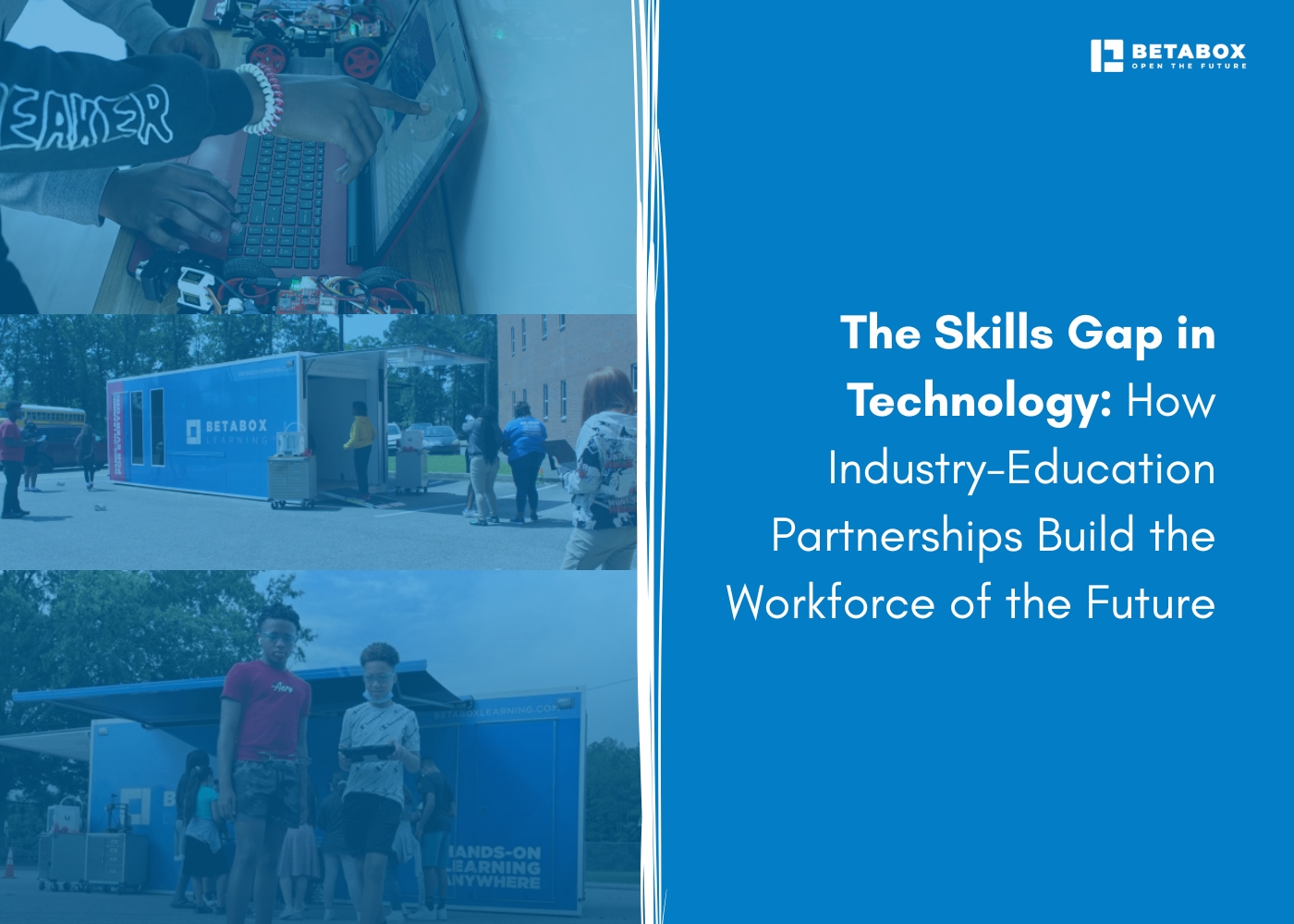

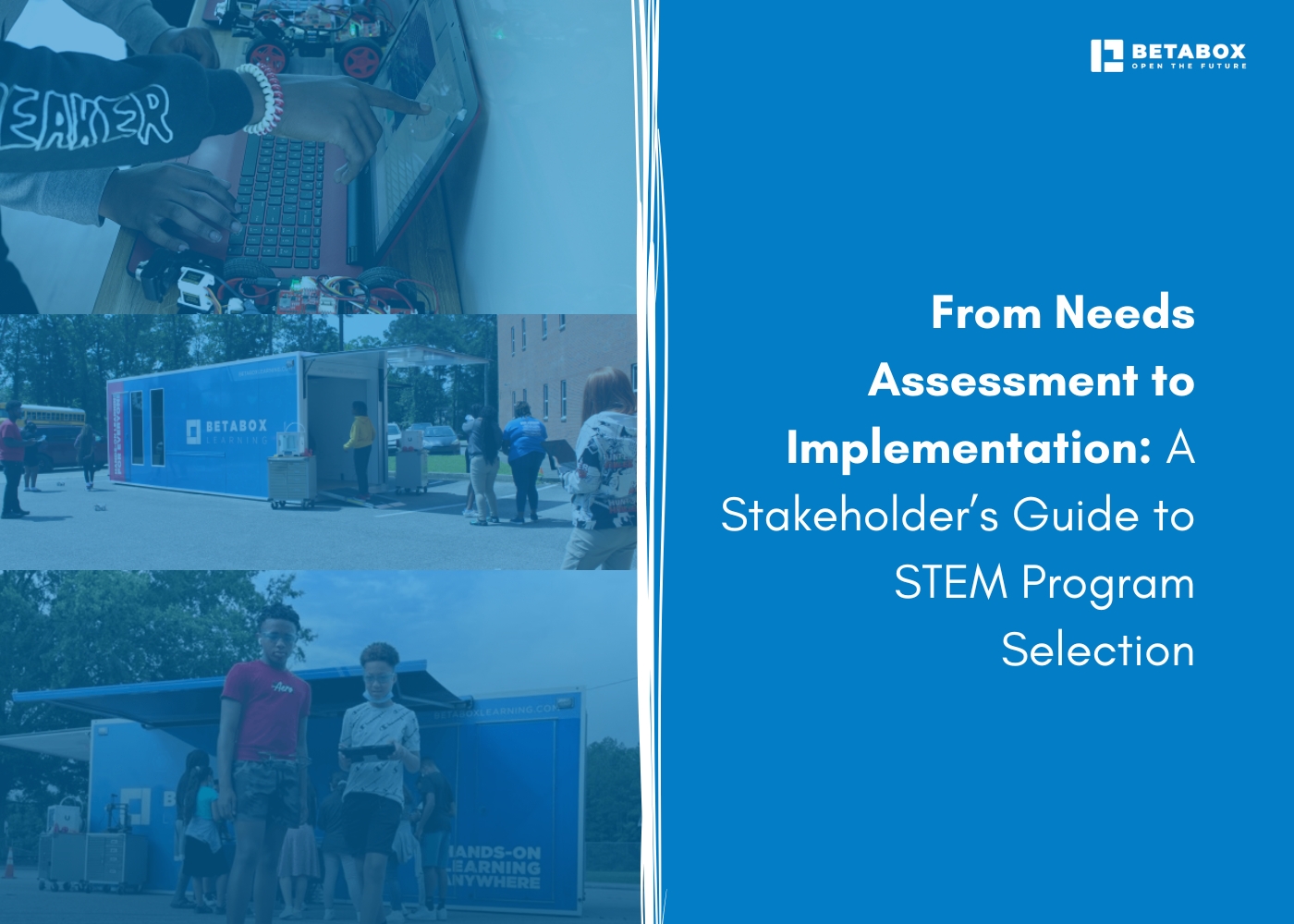

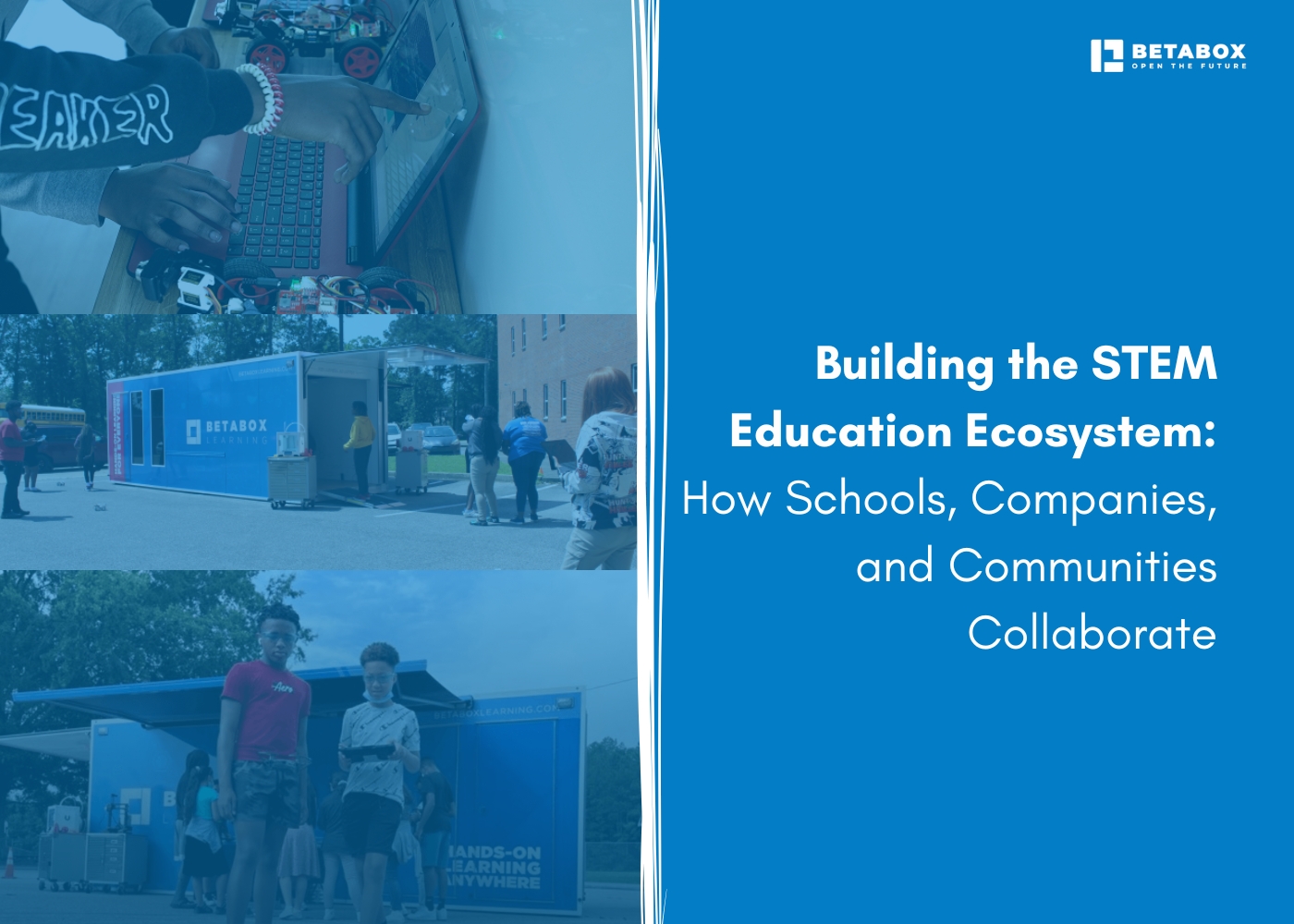

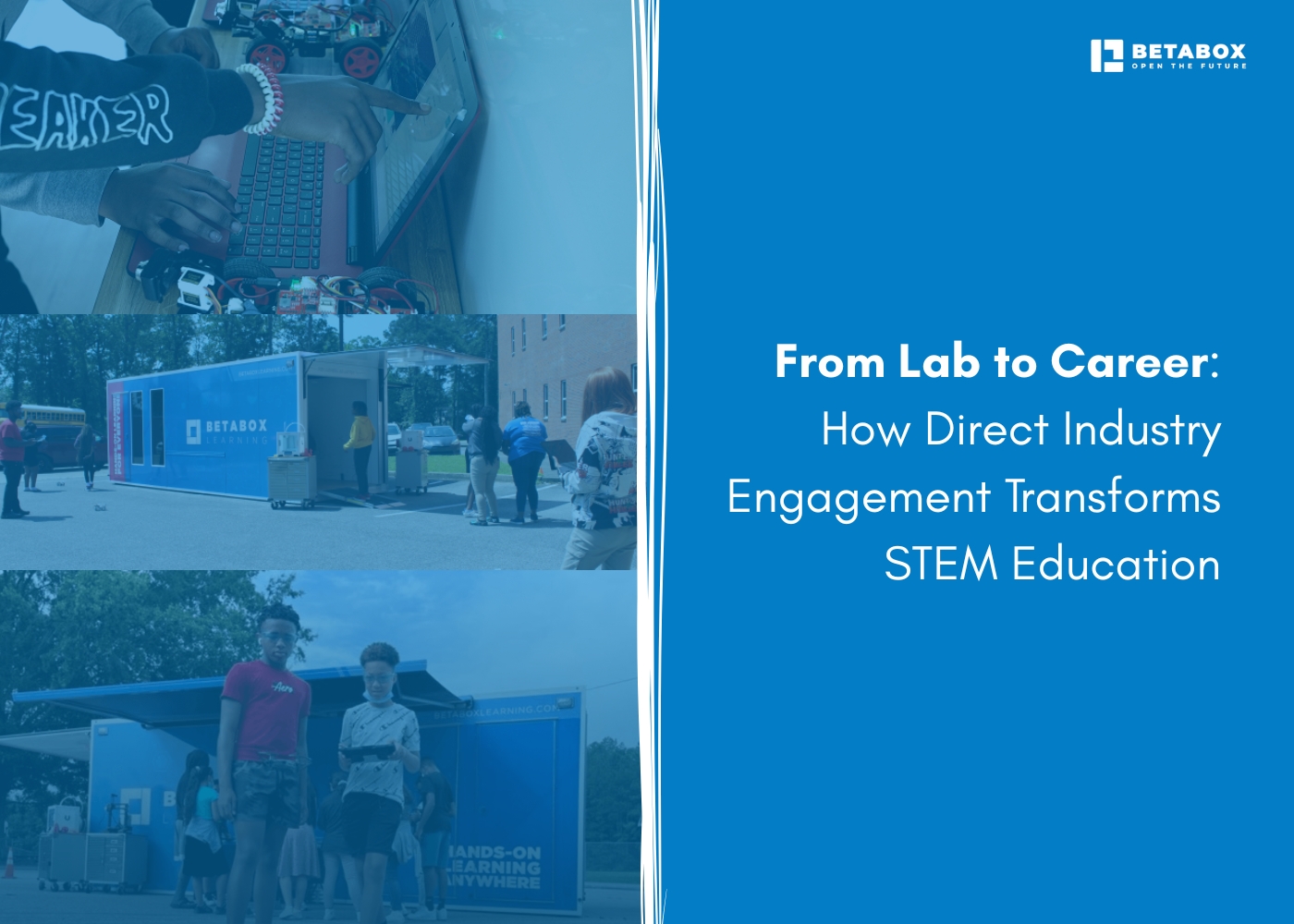

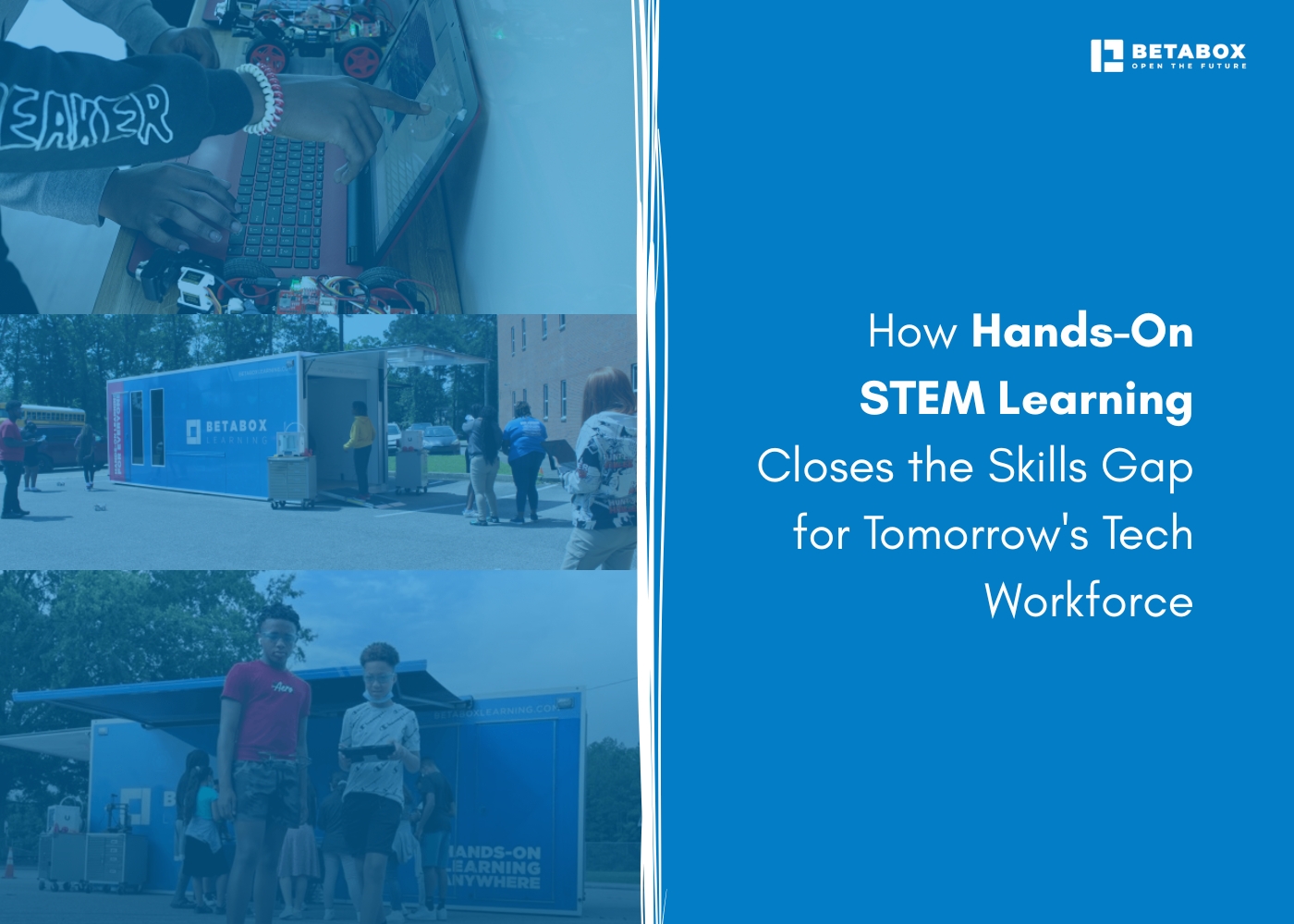

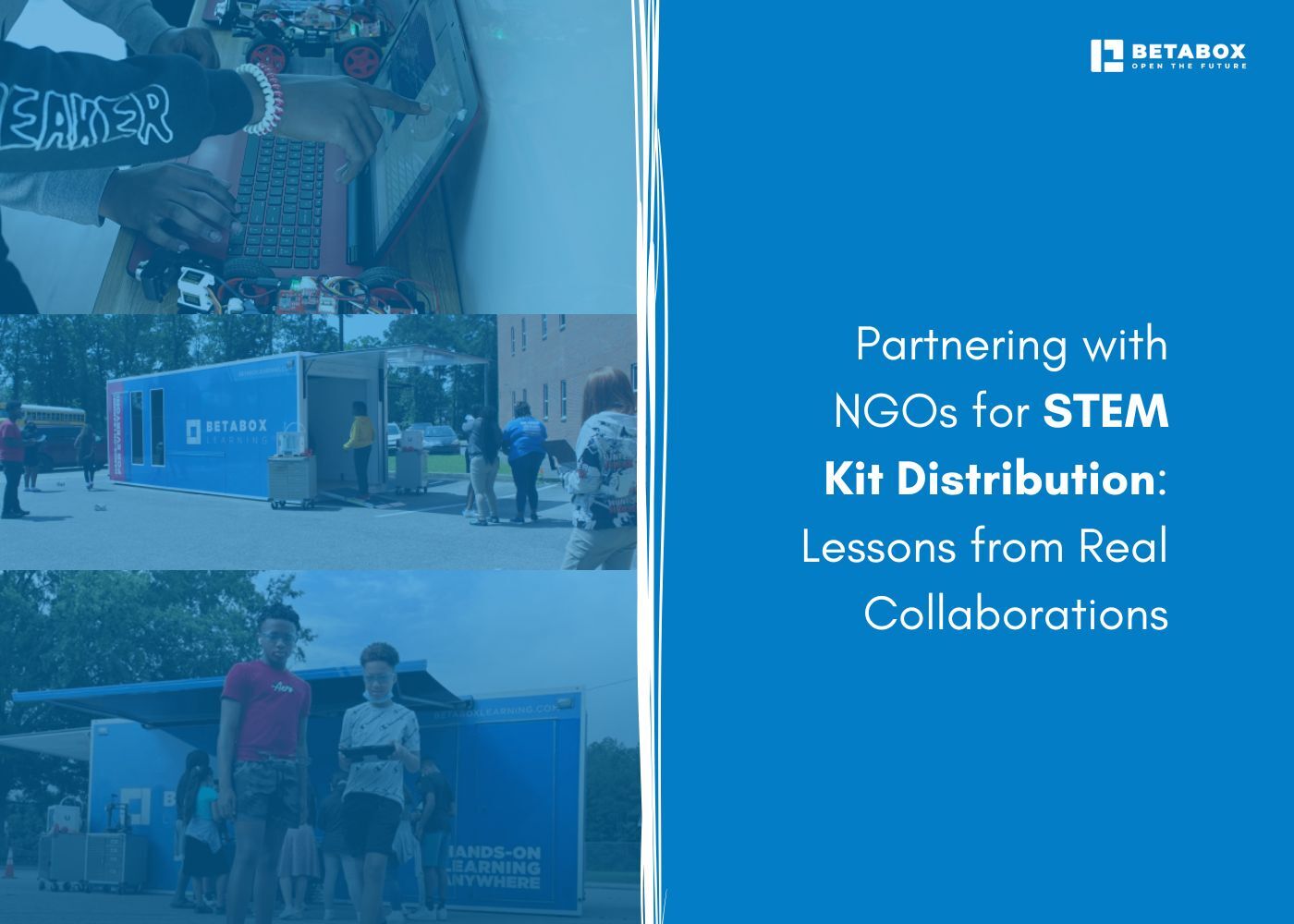



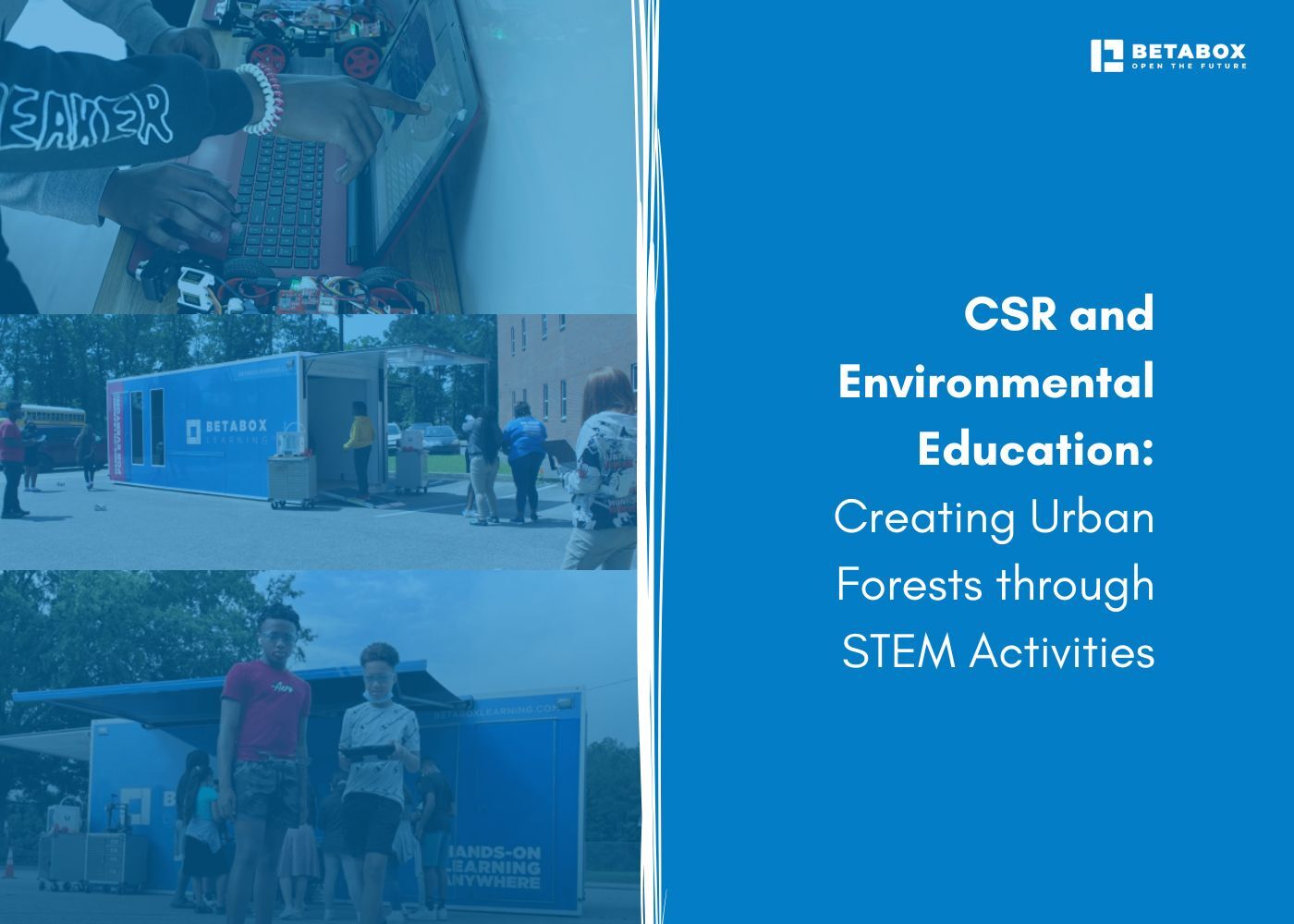

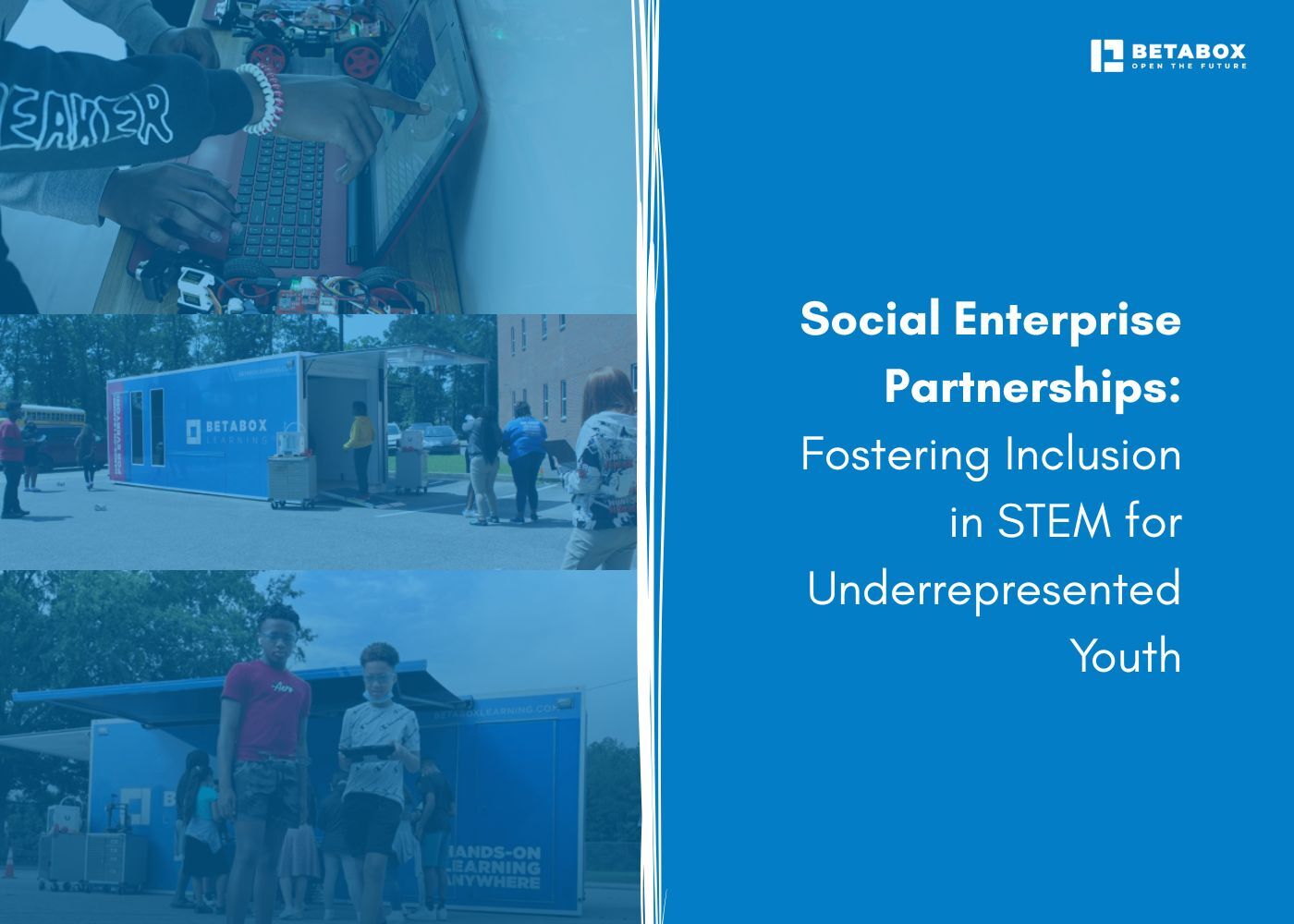

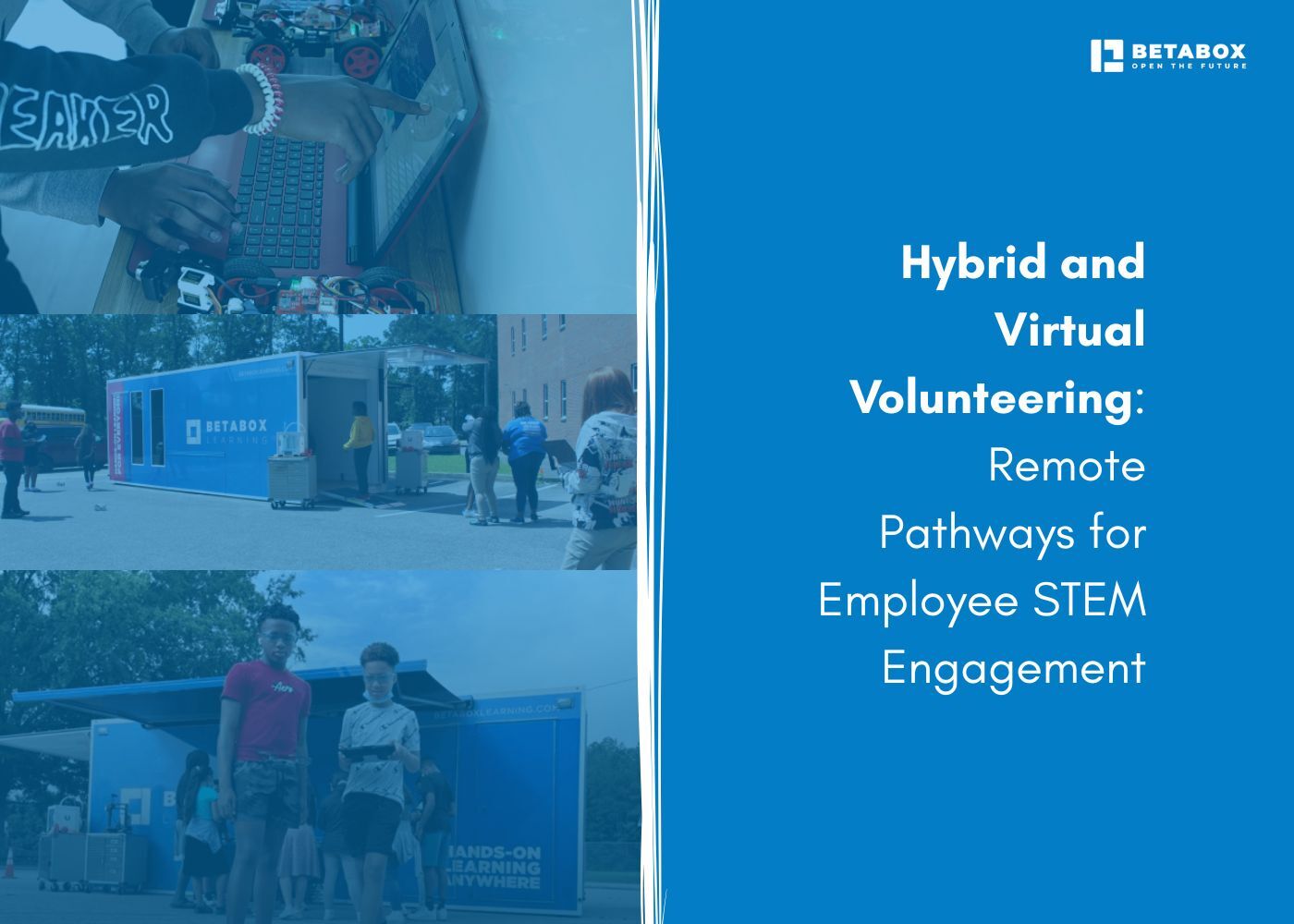

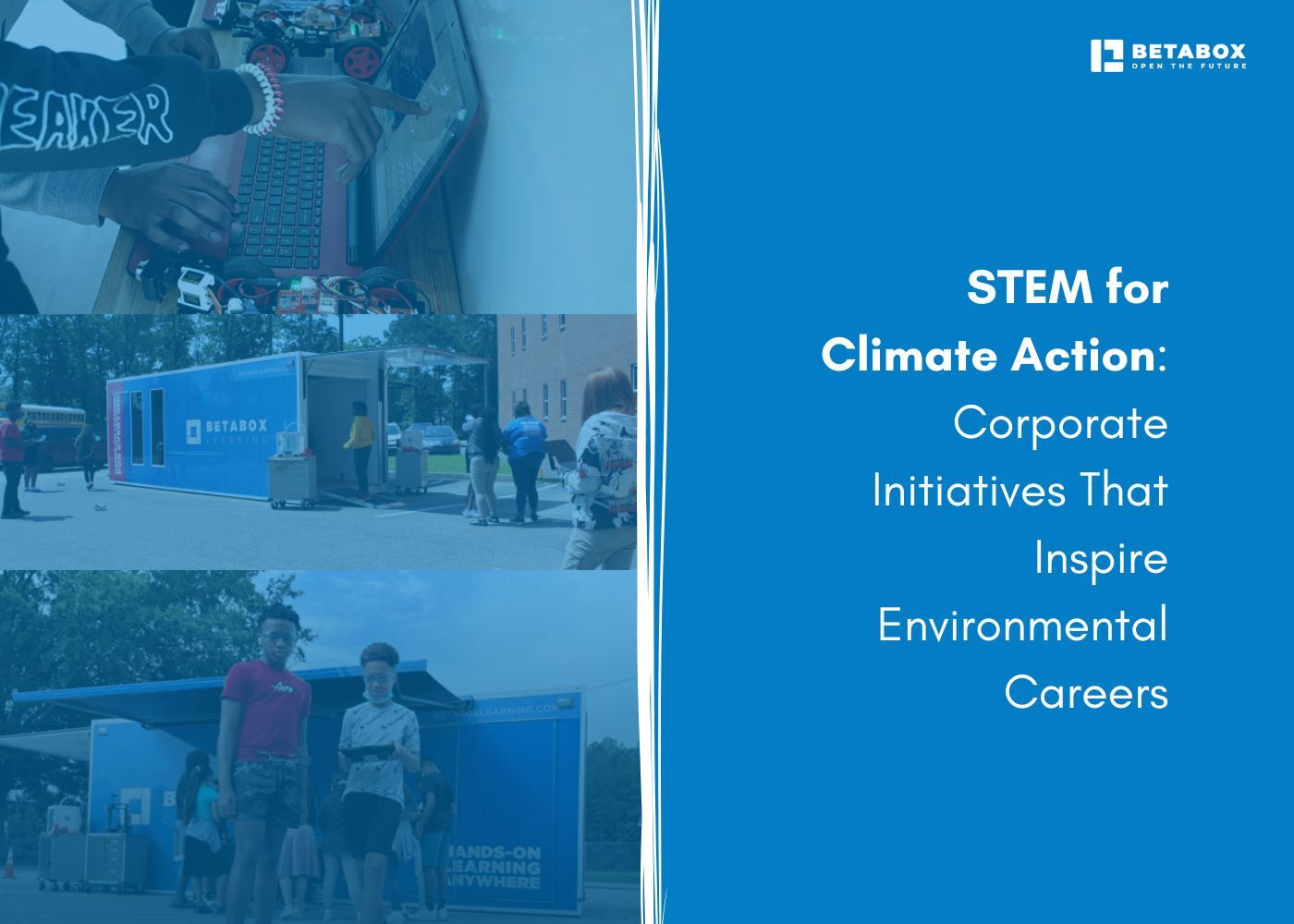



At Betabox Learning, we are passionate about making hands-on STEM curricula accessible to all students.

Join our newsletter to stay in the loop on all things Betabox and the future of STEM education.
By submitting your email address, you agree to our Privacy policy and Terms of Service. You can unsubscribe any time via the link in your email.
© 2025 Betabox. All Rights Reserved
